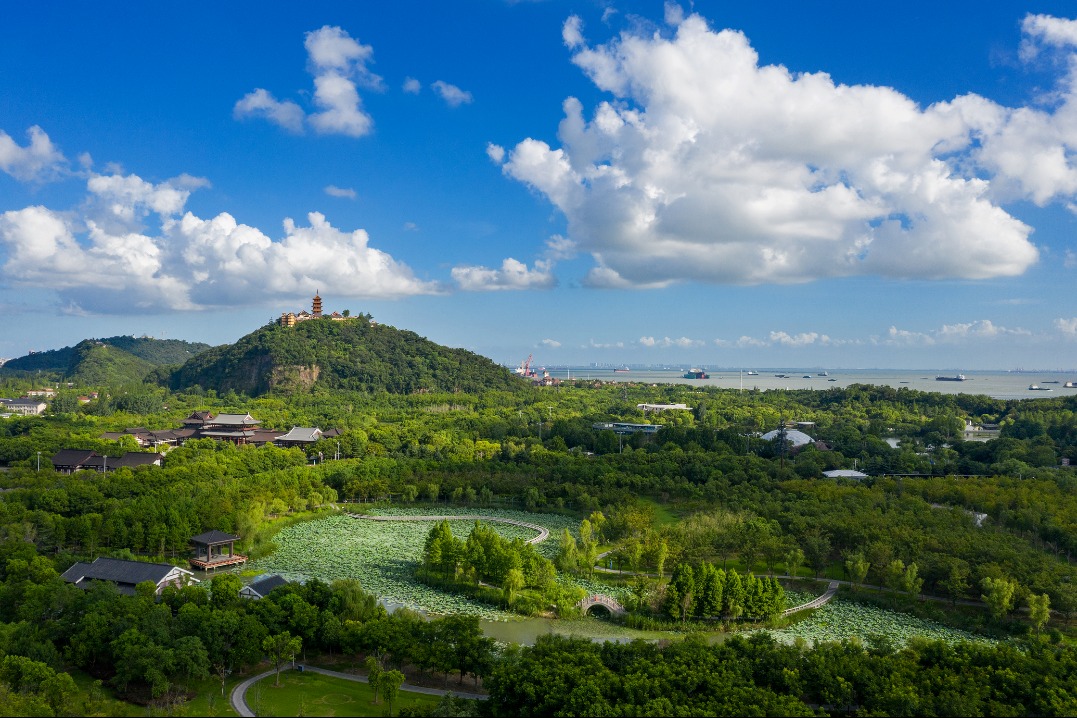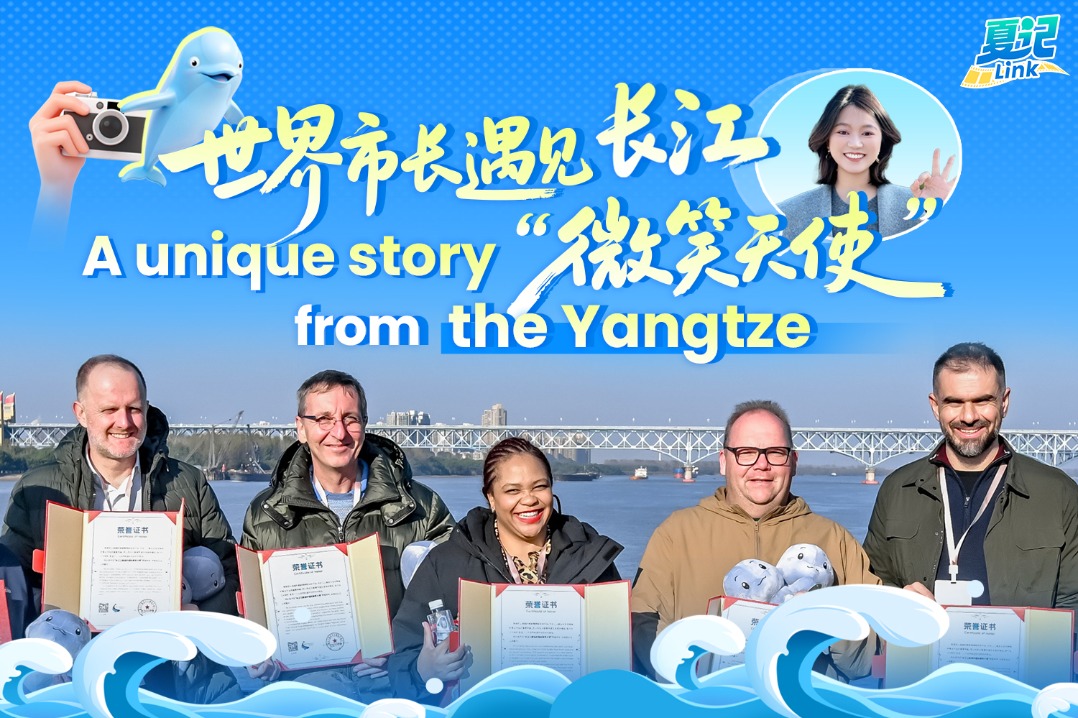Need to form aquaculture bases, but in an orderly steady manner
ECONOMIC DAILY | Updated: 2023-08-24 07:18

Haiwei No 2, the largest mariculture platform off South China's Guangdong province, officially came into operation recently. Together with the Mintou Xiapu No 1 deep-sea aquaculture base, and the Ningde No 1 aquaculture base, China's largest deep-sea semisubmersible aquaculture platform, both off Fujian province, the platforms are examples of marine equipment and ship manufacturing and operation enterprises joining China's deep-sea aquaculture.
With the development of the economy, people's demand for high-quality animal protein such as aquatic products is increasing in China. However, the ecological protection of rivers and lakes and the prohibition of fishing in river basins have hit freshwater aquaculture output.
For a long time, China's mariculture, or the cultivation of fish or other marine life for food, was mainly concentrated in offshore areas. Deep-sea aquaculture not only does not directly occupy land resources, but can also ease the pressure of food and livestock supply. The vast ocean is like a blue granary, and the development of deep-sea aquaculture serves as an important way to obtain food from the sea.
Since the 1960s, China's mariculture has experienced five industrial waves, and a sixth one, which has not only brought breeding varieties, but also moved from offshore to the deep-sea, is booming.
Deep-sea aquaculture needs more advanced equipment and technology. Compared with Norway and other countries, China's deep-sea mariculture is still in its infancy, and has a technical gap in the research and development and design of large facilities, and the construction of large aquaculture boats and production platforms. The annual output of China's deep-sea mariculture is about 390,000 metric tons, much less than the annual output of 1.5 million tons of Atlantic salmon in Norway. Therefore, development of deep-sea aquaculture has a broad market space in China. However, the sector's development should conform to the development stage of its productive forces.
In general, China's deep-sea aquaculture is still in its exploratory stage. The risks posed by extreme weather events need to be planned for. Any operation behavior should meet the requirements of territorial spatial planning and the planning of aquaculture waters and beaches. Environmental assessments should be carried out in accordance with the law, to scientifically determine the maximum density of aquaculture. On the basis of fully assessing safety, environmental protection and other factors, the country's deep-sea aquaculture should be well planned to promote its standardized and orderly development.
























